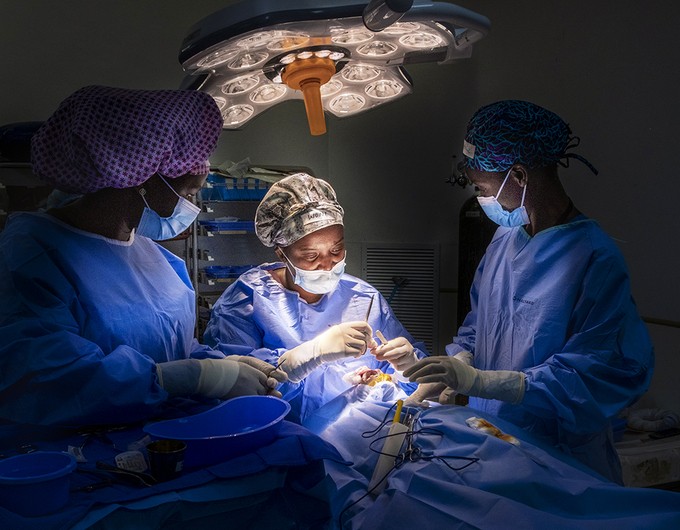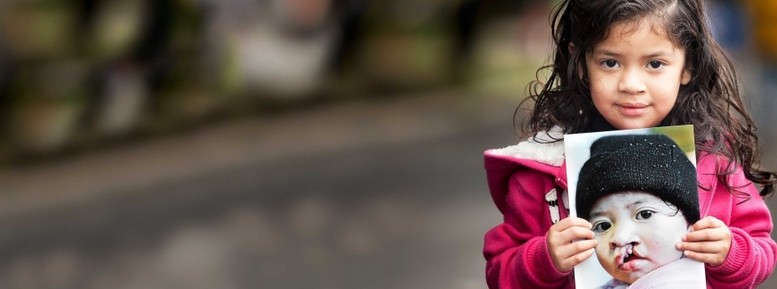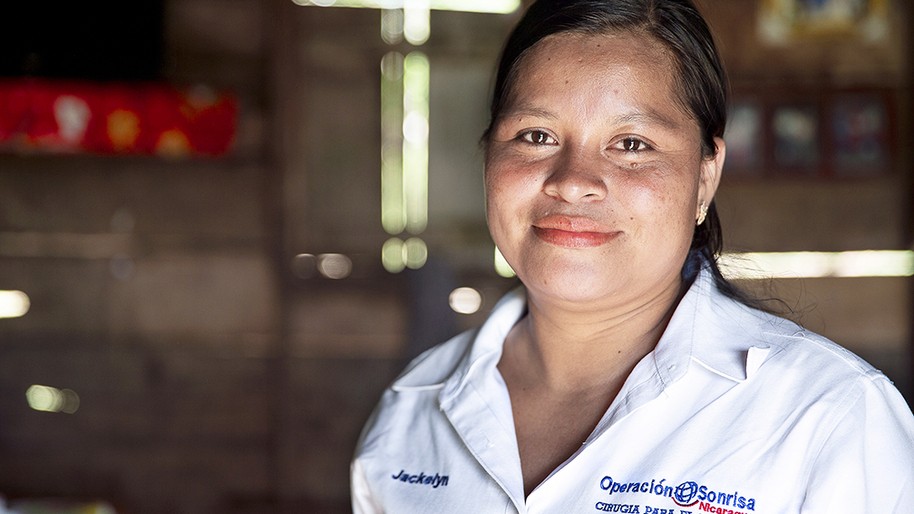
Editor’s note: Since Operation Smile’s founding in 1982, delivering safe surgery to people living with cleft conditions in low-resource settings around the world has been – and will continue to be – its driving force.
But as the organization expanded into more and more places of dire need, it has been met by the devastating effects of hospitals operating with inadequate infrastructure and equipment.
Fueled by the foundational belief that everyone in need of surgery deserves exceptional care, Operation Smile is applying its expertise in treating cleft conditions to create sustainable solutions that will bring safe and essential surgery to people where it’s needed most.
In rural northeastern Nicaragua, this life-saving work is already underway through a pilot project called Cirugía para el Pueblo – “Surgery for the People.” For deeper context on the problems that this initiative is addressing, follow this link to watch the video and read more.
In northeastern Nicaragua, there is a barrier that’s hindering many patients from being understood and even preventing them from receiving life-saving surgical care.
That barrier is language.
Without the ability to convey where pain is stemming from or comprehend a doctor’s diagnosis, patients from indigenous communities can struggle to get the treatment that they need and often receive care that is ineffective or incorrect.
But Jackelyn Reyes is determined to help them overcome that obstacle.
“They don’t know how to explain their problem,” said Jackelyn, the patient coordinator for a pilot project called Cirugía para el Pueblo – “Surgery for the People.” “They come to the hospital and try to say what their problem is, but they are not understood and end up receiving only pain medication.”
With support from the UBS Optimus Foundation, Operation Smile and Nicaragua’s Ministry of Health are working together at two primary hospitals in Siuna and Bonanza. By joining forces, Operation Smile and the Ministry of Health seek to improve the surgical infrastructure of the hospitals and to spread awareness about surgically treatable conditions to the people of the region.
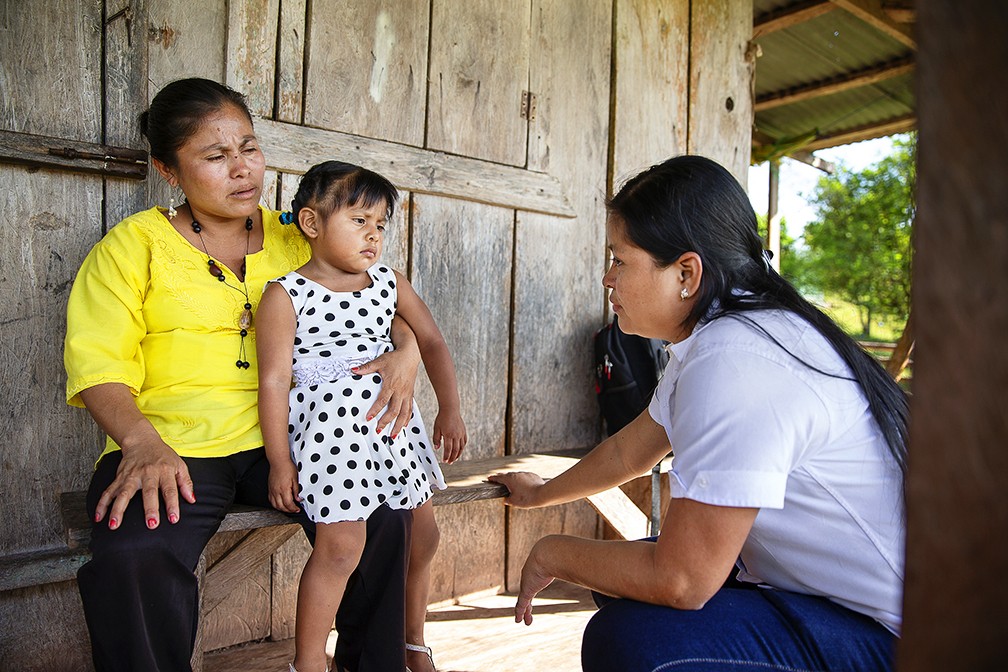
When she was 15 years old, Jackelyn learned to speak Spanish and is now utilizing that skill to help save lives. She’s become the bridge that allows patients to communicate with their doctors and get the care that they deserve. But that’s not the only reason she is so essential to people in this area.
When new variations of language emerge, it can be difficult for the older and younger generations to engage in conversations. For Jackelyn, having the same Mayangna background as her patients enables her to understand symptoms and provide high-quality care. She is often the only person who speaks their language in the hospital.
“I am grateful and happy to be able to help my people,” she said.
Before Surgery for the People, children and families were struggling to be heard. For Maritza, Jackelyn’s passion helped her daughter, Sami, to live a life no longer filled with constant abdominal pain.
“I speak Spanish, but there are other people who don’t understand a word,” Maritza said. “That is why I think her work is so important.”
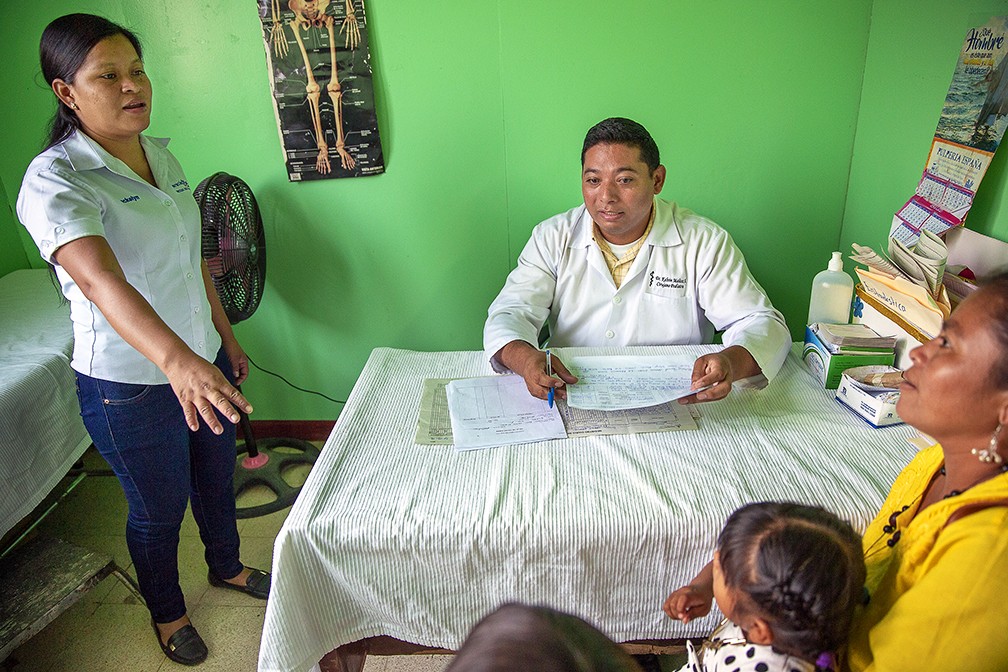
While communicating with patients is vital, that isn’t the only impact that Jackelyn is making. Through facilitating appointments and surgeries, she connects patients from indigenous communities to medical specialists like pediatric surgeon Dr. Kelvin Maltez.
“I think Jackelyn is of great value,” Dr. Maltez says. “She has made it possible for us, and for me personally, to understand the patients’ worries.”
And even after her patients receive surgery, Jackelyn remains committed to every step of their recovery. Carrying out one-month checkups and cleaning wounds each day for seven days are a few ways that she ensures that her patients are healing and receiving complete care.
“I feel so happy when I see patients who need surgery and don’t have to travel elsewhere to get it,” she said. “It makes me happy.”
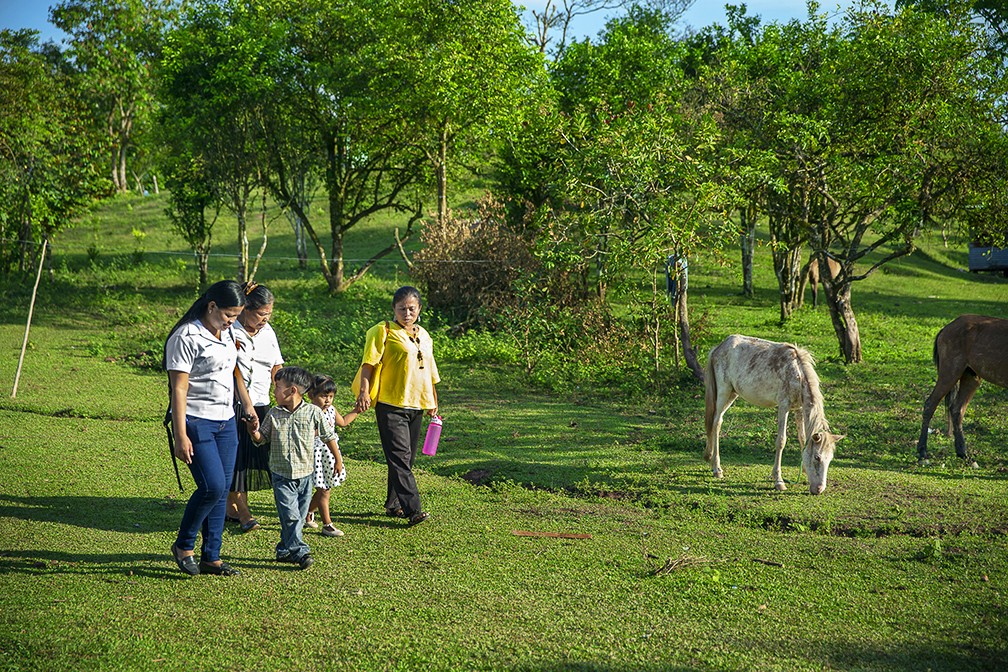
Latest Stories
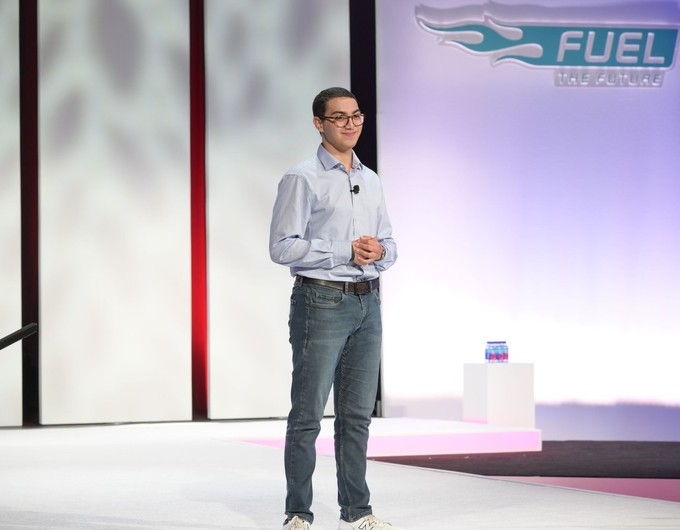
A Former Patient, Aymane Now Shares His Story
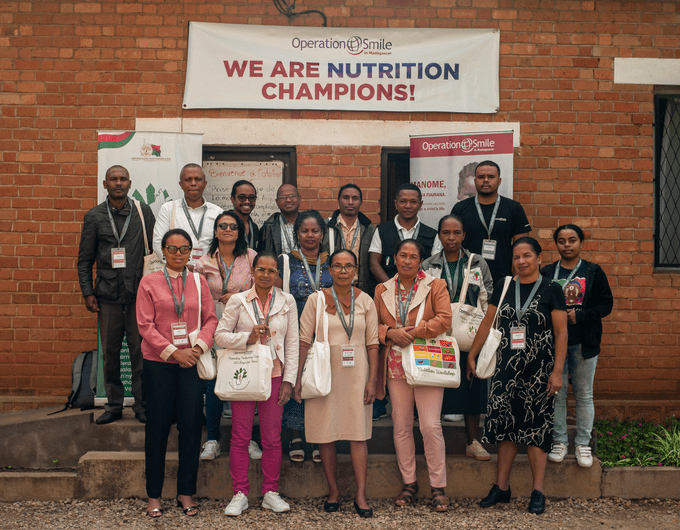
What is Operation Smile's Nutrition Program?
